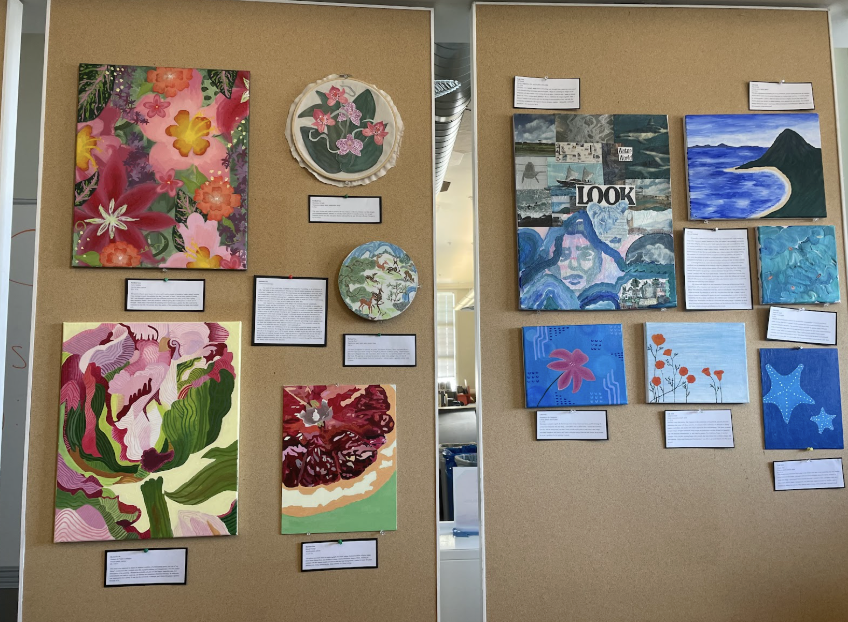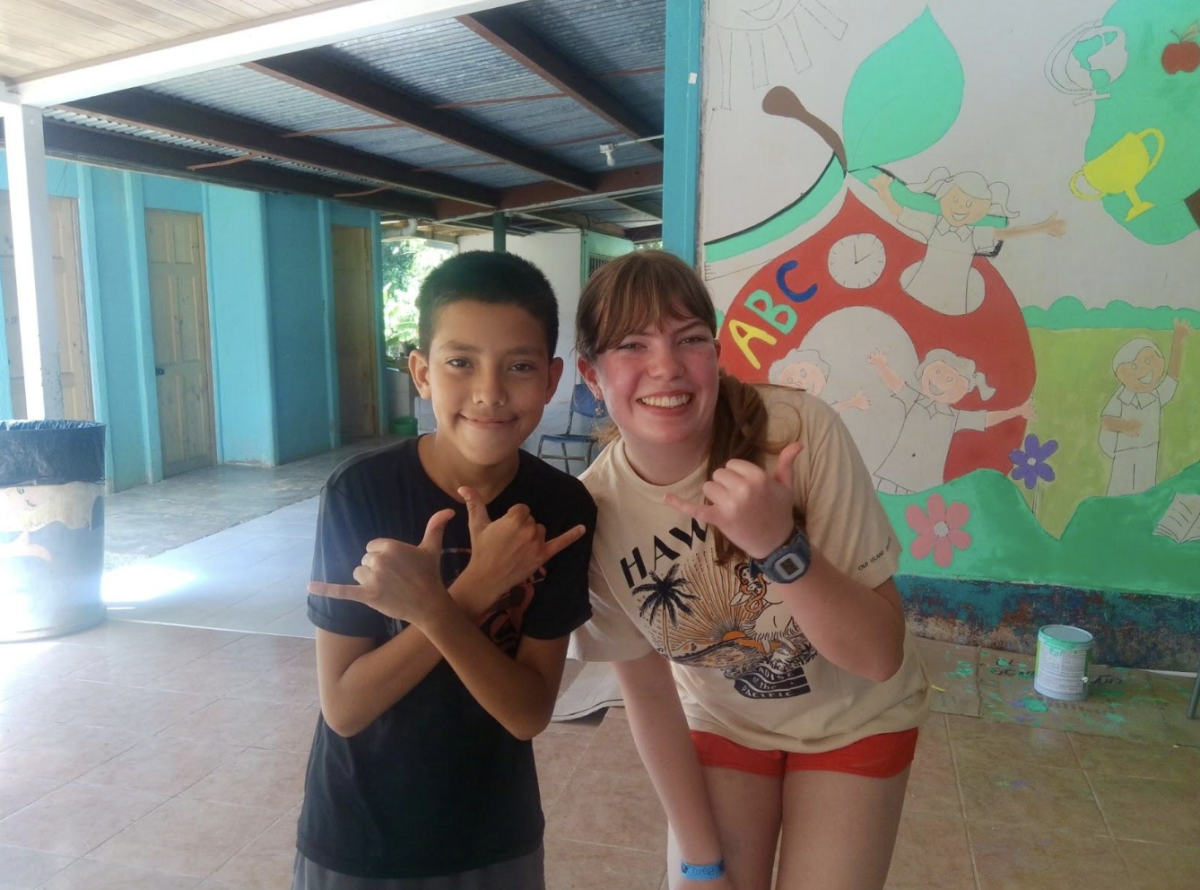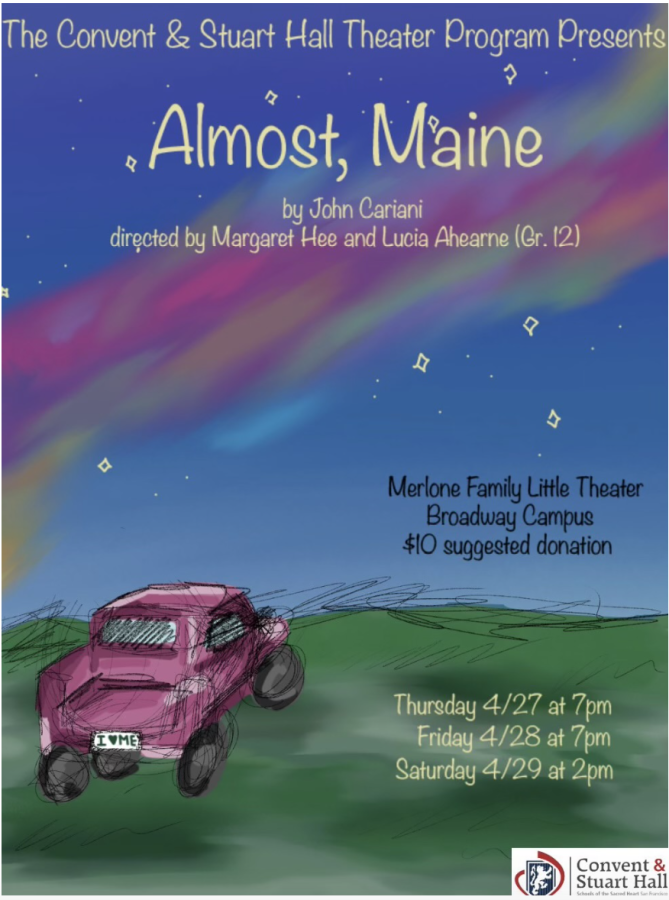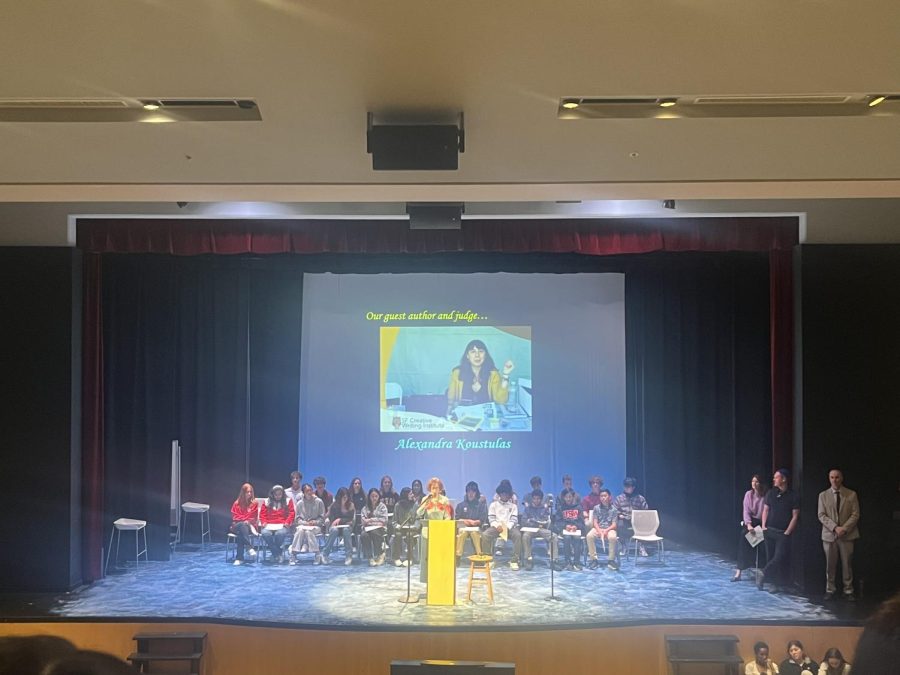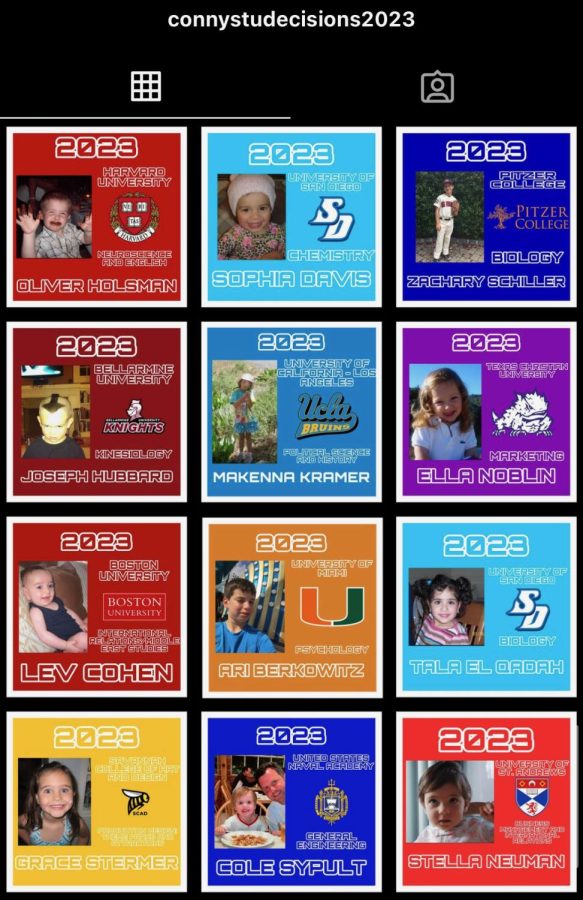Rebecca Siegel
Design Editor
Last year’s “Project-X,” a movie portraying a high school house party that got out of control, was more than a cliché. The movie opened at No. 2 in ticket sales, and showed the omnipresence that drinking and partying has in high school culture.
“High school is made up of a bunch of different types of people,” Madeleine Bell, a Redwood High School senior said. “For certain people, drinking and partying is all they do. They go through the week looking forward to partying on the weekends.”
Some high school students look at socializing and partying as a way to relieve stress and com- bat the high level of pressure they deal with throughout the week.
“I think that a lot of teenagers want to rebel against what they should be doing and what society wants them to be doing,” junior Lizzie Whittles said. “Some people just forget about the repercussions their choices have.” Illegal underage alcohol abuse has augmented the number of teens who have been sexually assaulted and killed or involved in car accidents, and upwards of 1,000 homicides according to the Johns Hopkins Bloomberg School of Public Health.
Despite these consequences and health concerns like liver, heart and brain damage, teenagers have started partying at even younger ages.
“More and more young people started partying as young as middle school,” Whittles said. “They don’t get that even though college kids or the 20-some- things they see on TV are drinking, that it’s not okay for them to drink, too.”
The culture of parties and drinking is attached to what many students wrongly assume is part of the high school experience. This emphasis is driven by the media and the ubiquitous desire to grow up faster.

“It probably comes from all the TV and the movies that we are inundated with,” junior Sophia Kelley said. “A lot of people wish they could party like the characters on a show like ‘Gossip Girl,’ or party like they know college kids do.”
Sometimes the adolescent desire to be socially accepted drives students to make bad decisions and party more often, according to a study conducted by the University of Southern California and Occidental College.
“Kids might not necessarily drink because of social pressure,” Marin Academy senior Michael Jacks said. “They will definitely start partying and putting themselves in situations where alcohol is available just to be part of the ‘in’ crowd.”
Some teenagers rationalize their underage drinking or partying with the idea that college parties are a reality, and they should learn to be in
those types of environments and still make good decisions. “Socializing in that particular way is definitely not necessary in high school.” Jacks said.
Teenagers have the opportunity to be in these situations when there are more relaxed guidelines in their homes, or if their drug and alcohol education was not comprehensive.
“It’s important to keep open communication with your kids,” Francine Miller, a mother of two teenagers at two different high schools in the Bay Area said. “Talk to them about alcohol and drugs, try not to lecture, and most importantly be honest.”
Parties are a reality in high school and college culture, but teens should be able to socialize with their friends without feeling as if they have to engage in illegal underage drinking, according to Students for Safe Drinking.
“Drinking isn’t what plays the largest role in high school culture, even though it’s there,” Andrew Corral, a senior at Stuart Hall High School said. “Relationships are really important. Parties provide a different, relaxed environment to cultivate them in.”
Teenagers sometimes use the high school years as space to rebel, try new things and meet new and different kinds of people.
“If you take partying too far it can literally kill you,” Whittles said. “It’s good to know your limits, but to abstain is the best.”



